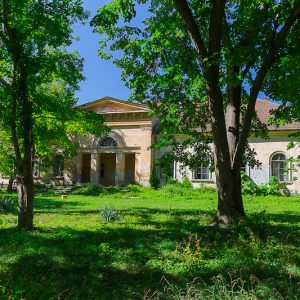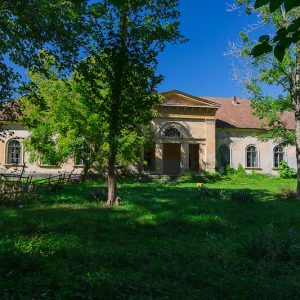- National Monument Number:
- -
- Address:
- Village Ilia, commune Ilia, street Libertății, nr. 69
- Dated to:
The baron Bornemissza (I.) János brought the estate in Ilia from countess Bethlen Kata in 1716. His son, Bornemissza (I.) Ignác, had further developed the family property during the 1740s: he bought became the ruler of Ilia and 18 other villages in the neighborhood. He kept the castle as well for himself, while his brother, Pál, built another mansion house for himself. The huge granary (relevant from an architectural perspective as well) built sometime at the end of the18th century by Bornemissza (III.) János, the son of (I.) Ignác and lord lieutenant of today’s Alba County reflects perfectly the enormous economic power of the estate in the life of the whole region. Today’s classicist-styled castle was built by baron Bornemissza (II.) Ignác at the middle of the 19th century. When building the castle, they used the remains of the Bethlen-Thököly Mansion House, especially the stone elements of its tower house and its gatehouse. The Tuscan columns at the façade facing the courtyard reflect most the classicist style. The building is U-shaped and its side buildings both have atriums, thus it reminds us of the castle from Drág.
At the turn of the 20th century the estate from Ilia belonged to baron Bornemissza Tivadar, -son of (II.) Ignác -, and his wife, baroness Jósika Róza. They transformed the castle according to the trends of their time, thus the castle got its today’s form and new design elements, such as the new façade facing the park. Historicism is represented by the main façade of the castle, which has large semicircular windows, and a central risalit with columns topped by a triangular tympanum. After the nationalization, the castle functioned a hospital. Today it is abandoned and it is in a poor condition.












